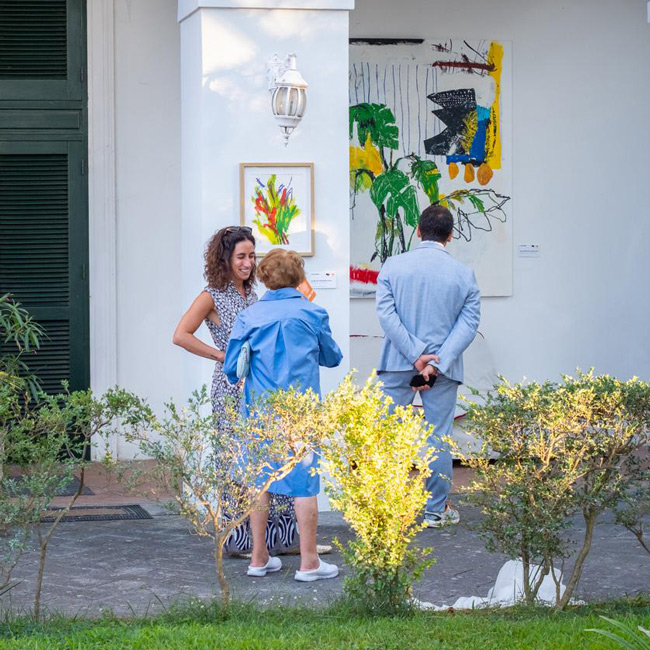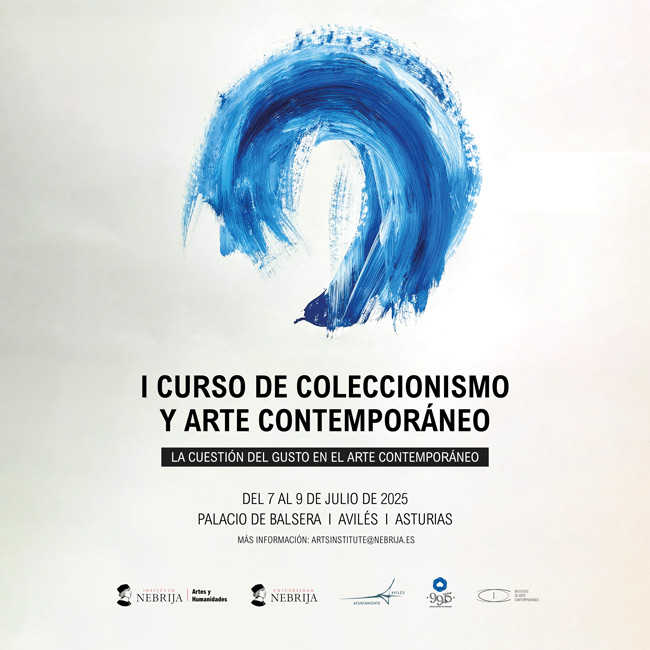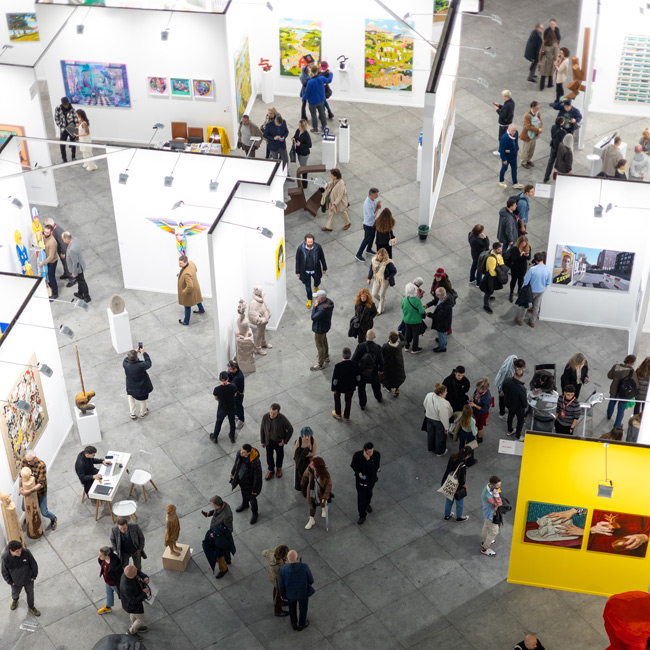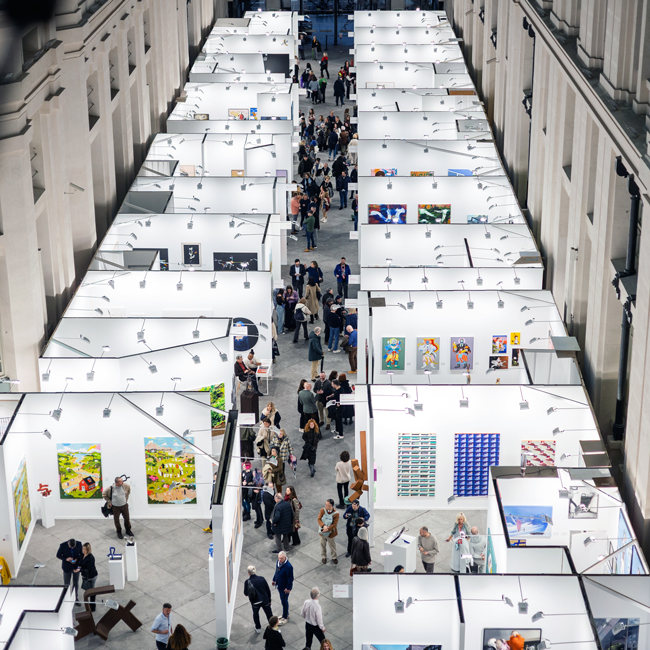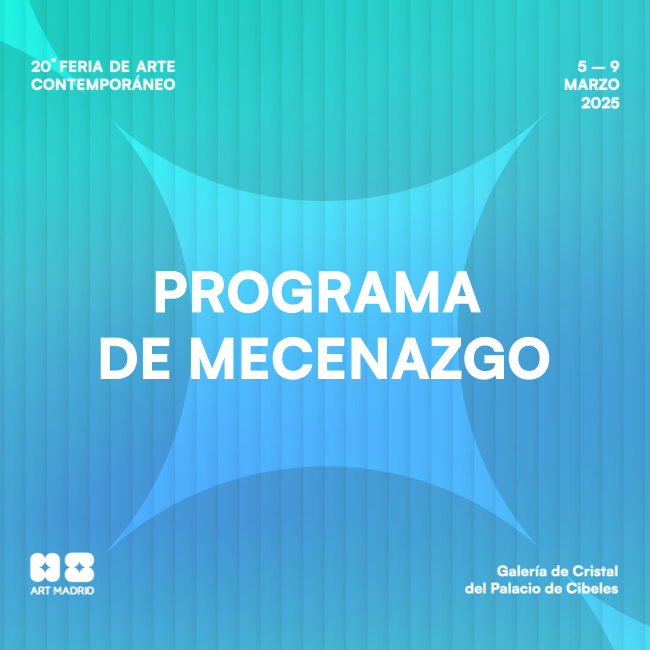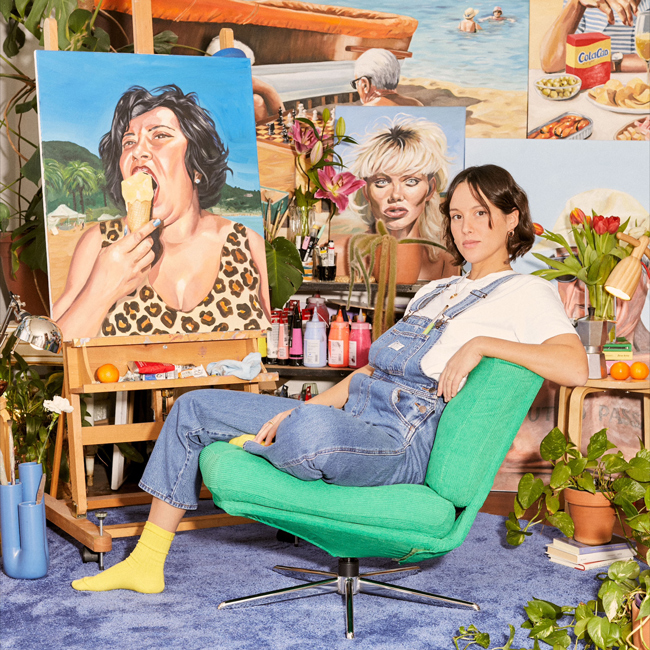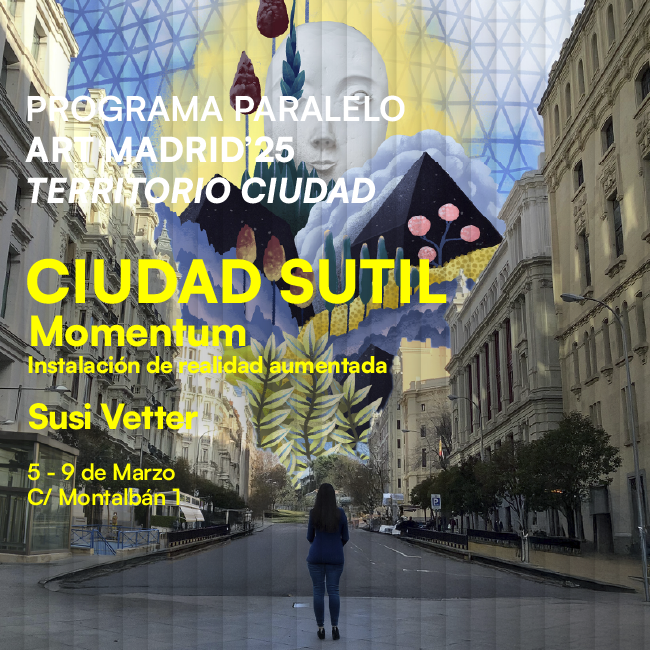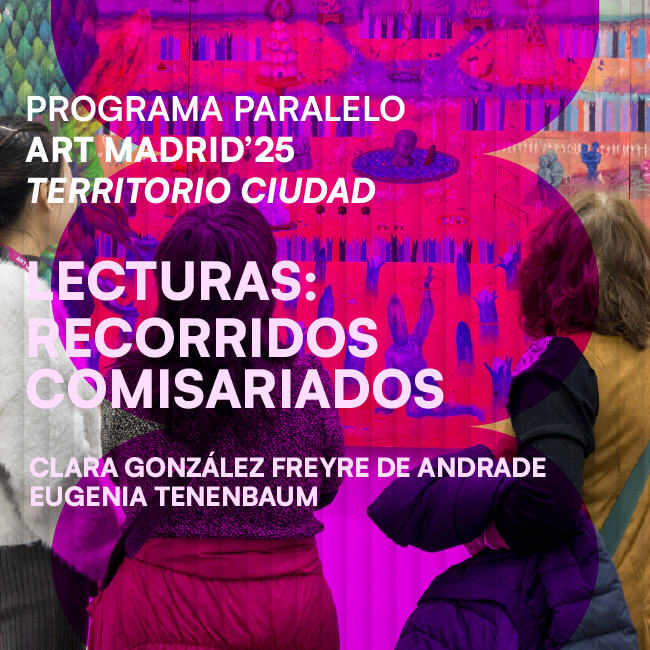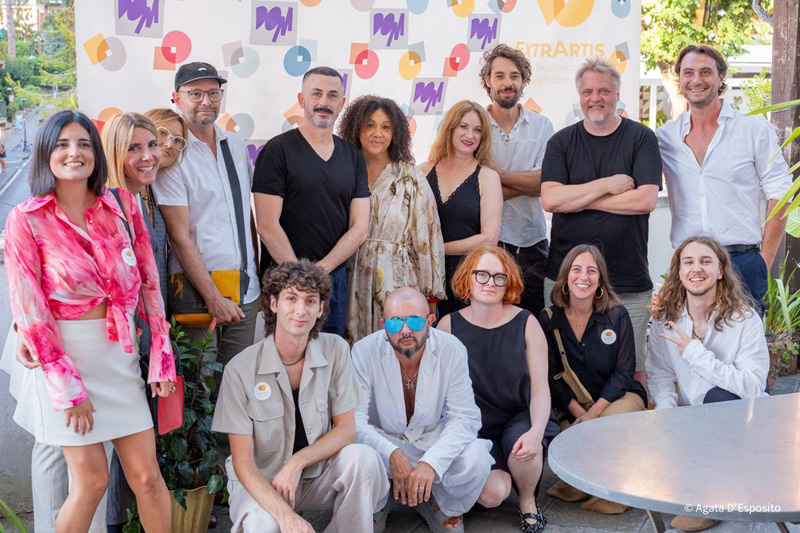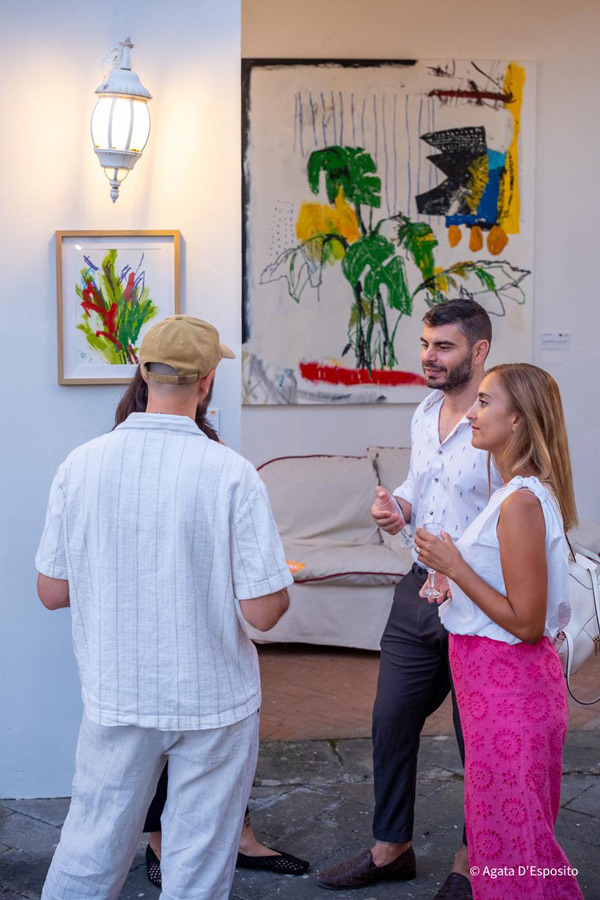The invisible poetry between art and design
Jan 22, 2024
art madrid
A common link between art and design is the creation of forms and expressions. If, on the one hand, art asks us questions, challenges us and encourages us to question all knowledge, design strives to offer us solutions to improve our daily lives, appealing to the functionality and usefulness of objects and materials that make our daily lives more comfortable.The boundaries that separate art from design are often very thin, but we are not really interested in talking about boundaries, on the contrary. Functionality and subjectivity can go hand in hand to build beautiful, delicate and sharp objects in their reflective expression. There is no doubt that, when art and design meet, they generate a strong link between creativity and material, becoming a useful tool to dissect the senses.
Perhaps artistic creation finds its referent in design, if we add a third element to this feedback from both sources: sustainability. The artists we present below work with the recovery of materials and their transformation into aesthetic objects. The conscience at work in the pieces of Idoia Cuesta (Donostia, 1969). Represented by the Arancha Osoro Gallery; Luz Moreno Pinart (Madrid, 1989). Represented by the CLC ARTE gallery; Lúcia David (Portugal, 1966). Represented by Trema Contemporary Art Gallery; and Cova Orgaz (Bilbao, 1983), represented by Bea Villamarín Gallery, is the result of the synthesis between tradition and innovation. They have in common, among other things, the intuitive and handmade production, the respect for resources and the time of creation. Their works are the result of a desire to slow down the pace of life through traditional methods that speak of their origins. And through these processes, each in its own way, they invite us to ask ourselves: How do we understand the time, the matter and the space in which we live?
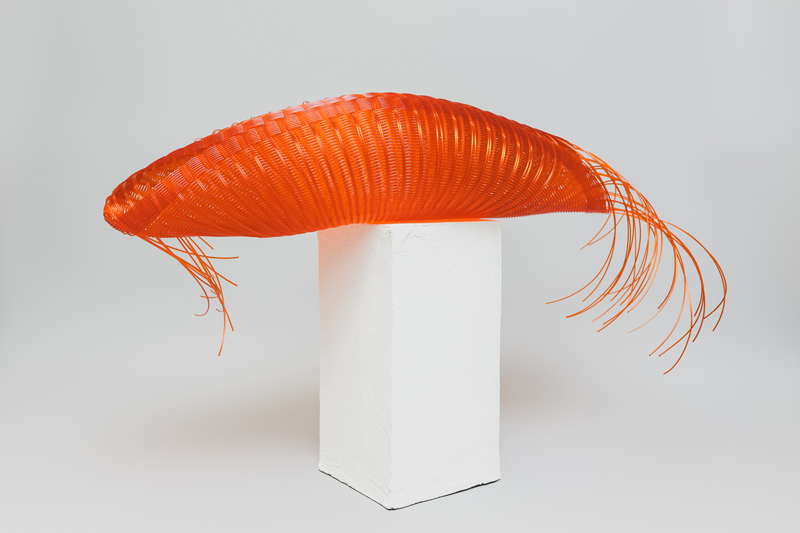
Idoia Cuesta is an artist who combines the processes of basket weaving and textile art. She uses artisanal techniques and organic materials to create pieces that reflect the identity of the raw material, and her working methodology is mainly inspired by rural environments and respect for the environment. The fibers that give corporeality to her pieces are insufflated with a healing vocation and the desire to build a personal story about the utility of the work of art in any context. In her sculptures are perceptible minimalist personality and sensory comfort, characteristics that result from the alchemy that generates the relationship between basketry and textile, and that goes beyond the simply contemplative to question how much humanity resides in the complexity of the material.
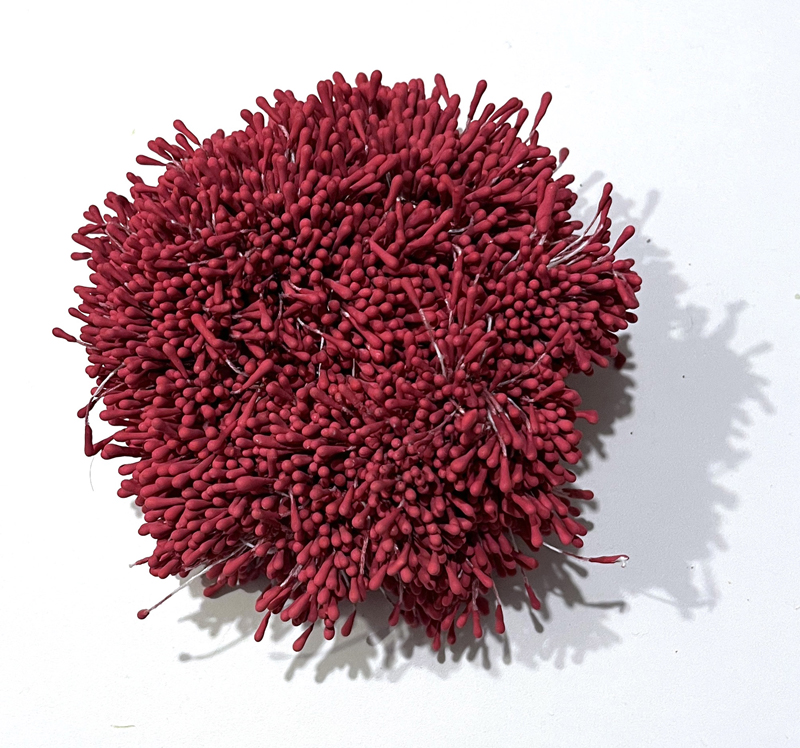
Luz Moreno Pinart specializes in design, scenography and textile fibers. Her works have a strong sculptural character. The volume created by the fine strands of knotted paper transforms each piece into a kind of net that connects the emotional with the vitality of the elements. This is the impression that her woven works evoke when, in front of them, we recall the curious metaphor that everything in life happens? Our existence takes place in moments that we cherish, and the fragility of memories rests on each woven knot. In her installations, the color red - in its variable values - is a metaphor for the intensity with which the artist has lived each moment. Her works are experiments that have evolved - as a deliberate archaeology of the most deeply rooted domestic elements - projecting into the future a visual production that hybridizes the codes of design, art and craftsmanship in search of an
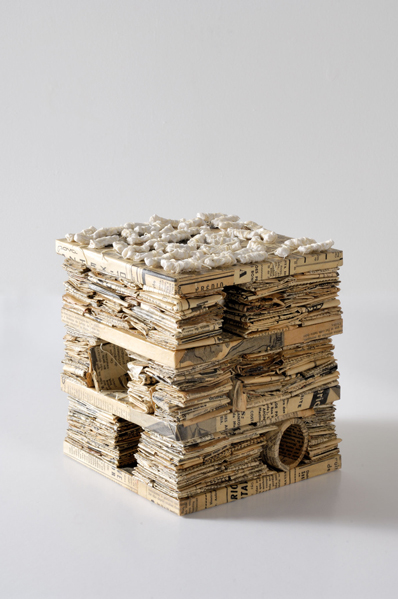
Lúcia David works with performance, installation and sculpture, with a particular interest in artist's books and the textuality of the artwork. She integrates collage and stitching techniques in her creations. In her works, the artist tells the story of the women's condition, and in this journey, she recalls the collective history of the status of women in her native country. The paper, the effervescent pulp of letters and the second levels outline the sides of a needle that is both piercing and healing, with which the artist creates, writes, embroiders and perforates. All these actions in this order and with the impulse to rescue the traditions that the matriarchs of each family have handed down to generations and generations of daughters. In general, her work exalts the imperfection, the rudeness and the simplicity of the actions that take place in domestic spaces and that, over the years, have been transferred to public life. Silence takes the objects related to domestic activities into her hands, but in an attempt to raise the tone of those silent whispers, the artist pours on paper all the contained value that her predecessors also left her as an heritage.
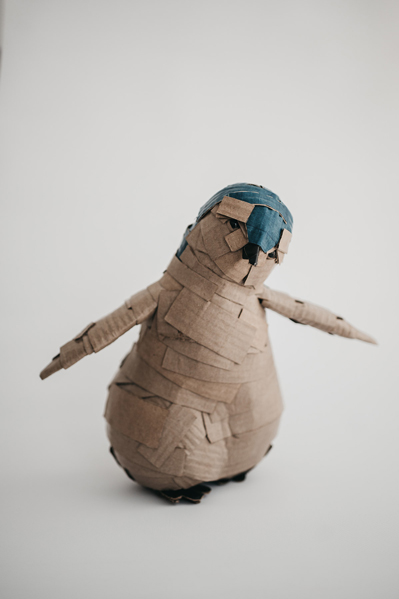
Cova Orgaz has redefined creation in a risky and courageous way by using cardboard as the main material for her sculptures. Challenging its ephemeral character and difficult conservation, the artist has broken the rules to show that cardboard can be as appreciated in sculptural production as any other element. Her ability to master and be carried away by cardboard has been achieved through trial and error, but without giving up. As a result of her fruitful efforts, today she surprises us with a repertoire of endearing figurative sculptures of striking realism. There are some hands in the world that correct, others that censor and some that model in desire what, after so much work, becomes reality. In this way, Cova Orgaz's cardboard sculptures, as if they were about to come to life, elevate the material into a category as valuable as that of bronze, marble or wood. Her persistence has shown that true artistic skill goes beyond conventional materials, redefining new possibilities that can define a path for sustainable creation.
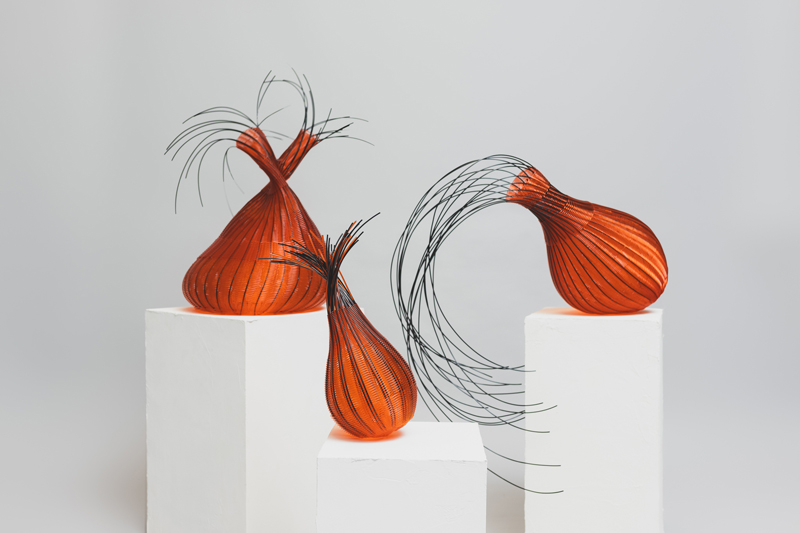
In addition to fusing tradition and contemporaneity, these artists also emphasize the usefulness of virtue in creating works that position themselves in the face of certain gender issues, preserving domestic duties, questioning the established, and the value of seeing creation as a conscious practice committed to society. They have gone beyond the aesthetic, creating sensory experiences, interwoven stories, reunions with the collective memory and an obvious connection with the essence of life and nature. And the result is here: Works that, in addition to being beautiful in form, are powerful in the content they translate; they establish - with their own invisible poetics - a balance that is necessary to fulfill the task of walking on a fine line, where aesthetics and the utility of the object coexist in perfect harmony.

